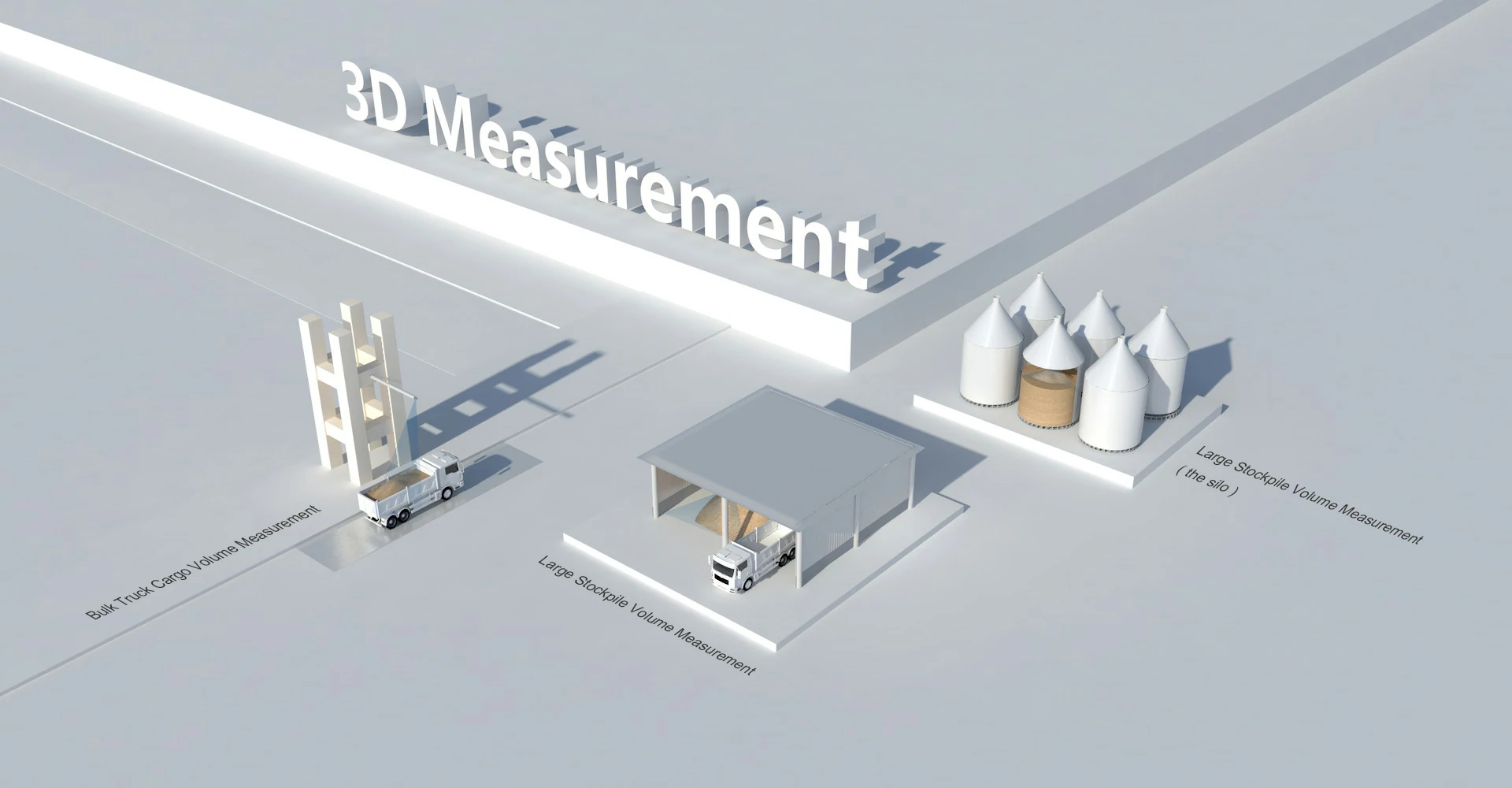
What is MAINE LIDAR
Maine LiDAR, or Light Detection and Ranging, is a remote sensing technology that uses laser pulses to measure distances to the Earth's surface. This data is collected from an aircraft or drone equipped with LiDAR sensors, creating highly detailed 3D maps of the terrain. In Maine, LiDAR technology is used for various applications such as forestry management, flood risk assessment, infrastructure planning, and environmental monitoring. It provides valuable information for decision-making processes and helps in understanding the landscape in a more precise and efficient manner. Brief answer: Maine LiDAR is a remote sensing technology that uses laser pulses to create detailed 3D maps of the terrain in the state of Maine, aiding in various applications such as forestry management, flood risk assessment, and environmental monitoring.
The Main Technology in MAINE LIDAR
The main technology used in Maine LiDAR is Light Detection and Ranging (LiDAR) technology. LiDAR is a remote sensing method that uses light in the form of a pulsed laser to measure variable distances to the Earth. This technology is utilized in Maine for mapping terrain, creating 3D models, and conducting environmental assessments. LiDAR data collected in Maine helps in various applications such as flood risk assessment, forestry management, urban planning, and infrastructure development. In summary, the main technology in Maine LiDAR is LiDAR technology, which plays a crucial role in gathering accurate and detailed geospatial information for a wide range of purposes.


Applications of MAINE LIDAR
MAINE LIDAR, or Light Detection and Ranging technology in the state of Maine, has a wide range of applications across various industries. One key application is in forestry management, where LIDAR data can be used to create detailed 3D maps of forested areas, helping foresters to accurately assess tree density, height, and health. This information can then be used to optimize timber harvesting practices and monitor forest growth over time. Additionally, MAINE LIDAR is also valuable for urban planning and development, as it can provide precise elevation data for creating flood risk maps, designing infrastructure projects, and assessing land use patterns. Overall, MAINE LIDAR plays a crucial role in enhancing decision-making processes and promoting sustainable resource management in the state.
Benefits of MAINE LIDAR
Maine LiDAR, or Light Detection and Ranging technology, offers a wide range of benefits for various industries and applications. One of the key advantages of using LiDAR in Maine is its ability to accurately map and model terrain, vegetation, and infrastructure with high precision and detail. This data can be used for urban planning, forestry management, flood risk assessment, and environmental monitoring. Additionally, LiDAR technology can help improve emergency response efforts by providing detailed topographic information for disaster preparedness and response. Overall, the benefits of Maine LiDAR include enhanced data accuracy, efficiency in data collection, and improved decision-making processes across different sectors.

LiDAR in Construction Monitoring
Neuvition's Titan series LiDAR sensors offer high-precision 3D scanning capabilities
ideal for construction site monitoring. The Titan M1 series, with its long-range and
high-resolution features, can capture detailed site data for accurate progress tracking
and volumetric measurements.
Neuvition LiDAR Products Overview

Titan S2
Specialized for specific industrial uses.
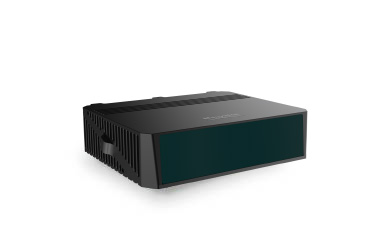
NeuX1
Next-generation LiDAR technology with enhanced capabilities.
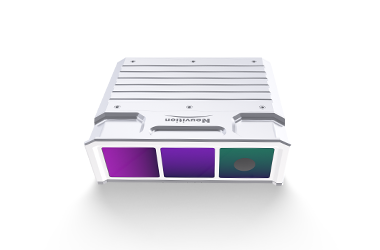
Titan M1 Series
Long-range, high-resolution LiDAR sensors for various applications.
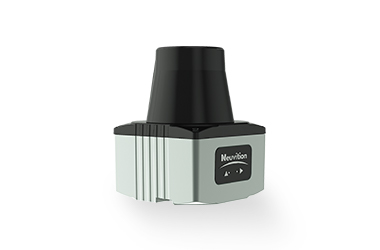
Titan W1
Designed for wide-angle scanning in challenging environments.
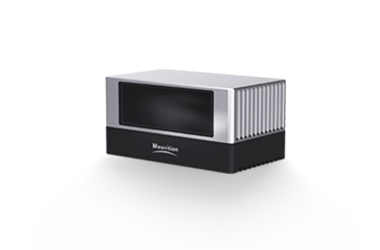
Titan P1
Compact and versatile for mobile and robotics applications.
Neuvition LiDAR Products Overview
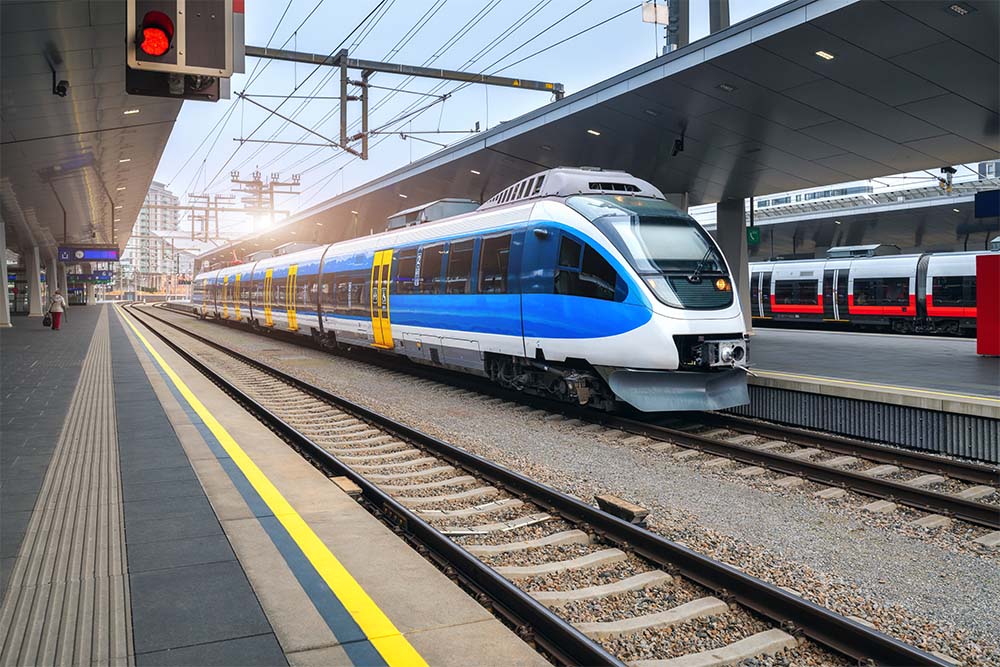
Railway Collision Avoidance
Enhancing safety in rail transportation.
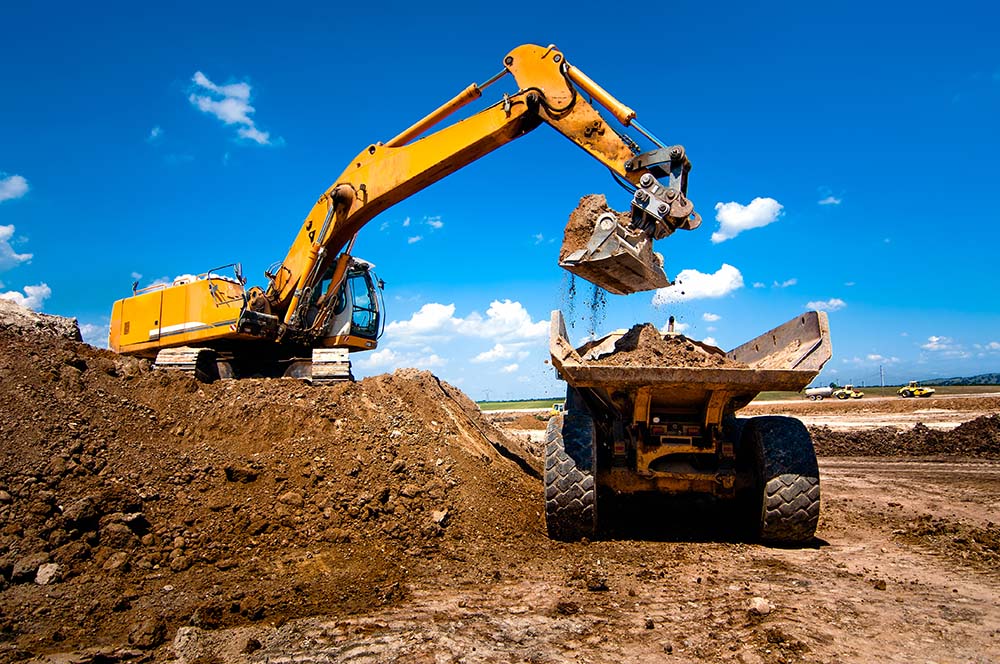
Volume Measurement
Accurate 3D volume calculations for industries like mining and construction.
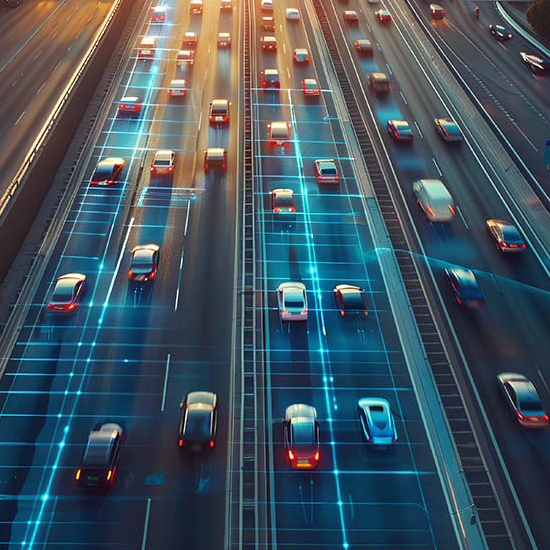
Smart Highway
Improving road safety and traffic management.
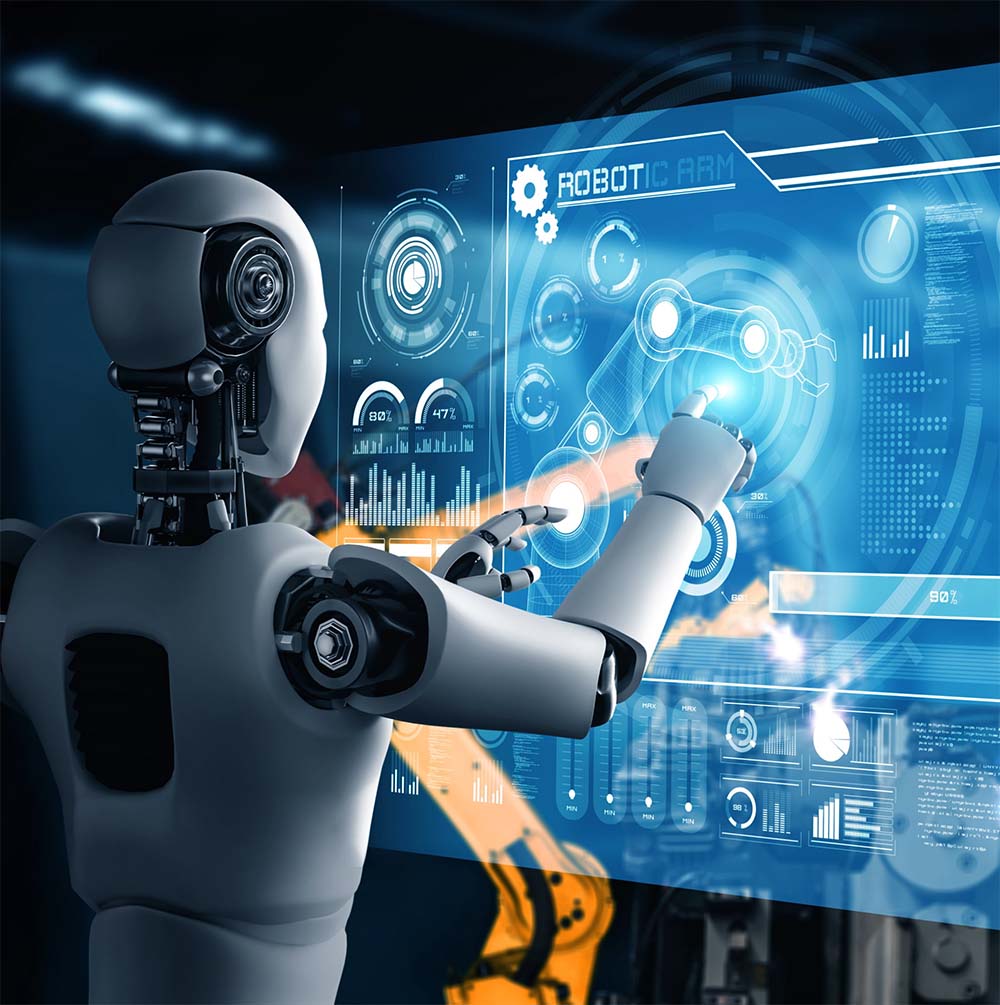
Robotics
Enabling precise navigation and object detection for autonomous robots.
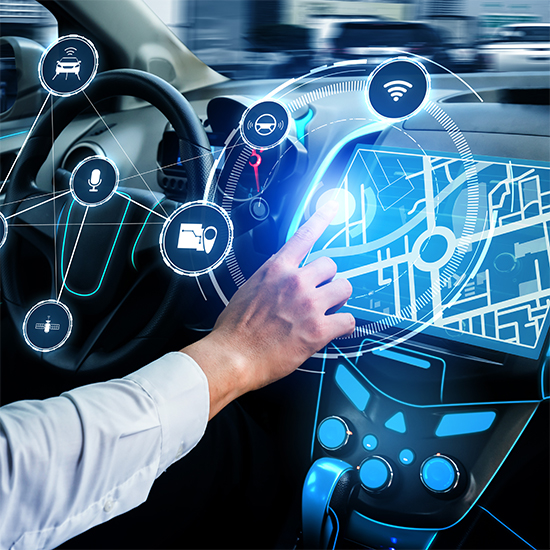
Autonomous Driving
Advanced sensing for self-driving vehicles.
Application Areas of LiDAR
Benefits of Using LiDAR

High accuracy and
precision in 3D mapping

Real-time data
collection and processing

Ability to penetrate vegetation
and capture ground topography

Efficient large-scale
surveying and mapping

Enhanced safety in
autonomous systems

Improved decision-making
with detailed spatial information
Software Solutions for LiDAR
Neuvition provides software solutions to complement its hardware, including point cloud processing and analysis
tools, real-time visualization software, a data integration platform for enterprise applications, and customized
algorithms tailored to specific industry needs.

Success Stories
MetroInnovate Urban Solutions improved traffic flow by 15% after implementing Neuvition's Smart Highway system. Emily Parker, the Director of Smart City Development, played a key role in deploying this system to enhance urban traffic management and reduce congestion.
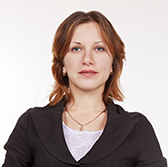
BuildMaster Construction reduced project timelines by 20% using Neuvition's LiDAR-based site monitoring solution. Michael Thompson, the COO, led the adoption of this technology, focusing on improving efficiency and project management.

DeepCore Mining increased excavation efficiency by 25% with Neuvition's volume measurement solution. Robert Lin, the Head of Operations, was instrumental in integrating this technology to optimize resource extraction and operational productivity.

FAQ












Contact Us
If you have any questions or suggestions, please leave a message, we will get in touch with you within 24 hours!
